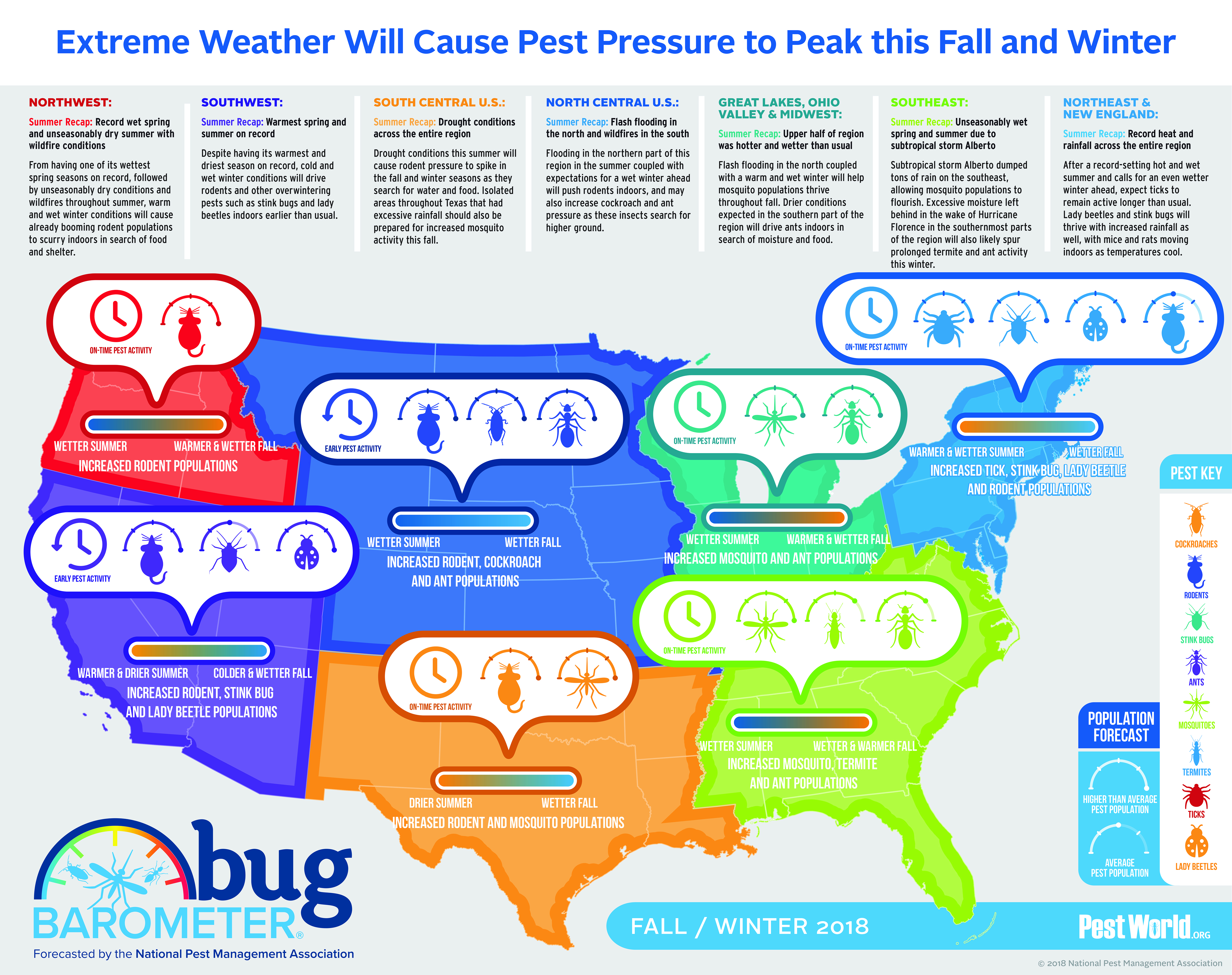Utilize Your Understanding Of Rodent Nesting Actions To Outsmart These Pest Administration Methods
Utilize Your Understanding Of Rodent Nesting Actions To Outsmart These Pest Administration Methods
Blog Article
Post Created By-Broussard Krag
When it involves rodent control, comprehending typical rodent habits is key to efficiently managing invasions. Did you understand that rodents have some remarkable nesting behaviors that might stun you? By discovering their elaborate actions, you can gain beneficial insights right into exactly how to take on rodent issues in a more strategic and efficient way. So, let's decipher the mysteries behind these animals' activities and learn just how to outmaneuver them in your rodent control efforts.
Rat Nesting Habits
When observing rodents in their natural environment, you'll discover that they proactively look for materials to build their nests. Rats, such as mice and rats, are resourceful animals that make use of a range of items like twigs, leaves, paper, and fabric to build their homes. They're thorough in their nest-building procedure, frequently lining their nests with softer materials like fur or feathers to produce a cozy setting.
Rats favor to build their nests in hidden and safe and secure areas to safeguard themselves and their young from killers. Typical nesting areas include wall cavities, attic rooms, basements, and also within insulation products. By building their nests in these remote locations, rats can securely raise their spawn away from possible dangers.
It is essential to understand the nesting behaviors of rats when implementing control measures. By interrupting their nests or removing products, you can dissuade rats from developing a presence in your house or building. Correct cleanliness and sealing off entrance points are also crucial steps in preventing rodent problems.
Rodent Feeding Patterns
After observing rodents' nesting behaviors, it comes to be apparent that their feeding patterns play a vital duty in their day-to-days live and actions. Rodents, including mice and rats, are opportunistic feeders, meaning they'll take in whatever food source is readily available. They're mainly nighttime creatures, favoring to forage for food throughout the cover of night to avoid killers.
Rats have a diverse diet regimen, varying from grains, seeds, fruits, and vegetables to bugs, nuts, and even tiny animals. This flexibility in their food choices allows them to flourish in various settings, consisting of city areas where human food resources are bountiful.
Their feeding patterns aren't just driven by appetite however also by the need to stockpile food for times of shortage. This behavior is especially recognizable in preparation for winter months or when nesting. Rodents are recognized to hoard food in their nests or burrows, ensuring a continuous food supply. Recognizing their feeding patterns is necessary in executing efficient rodent control steps to disrupt their food resources and protect against infestations.
Rodent Motion and Traveling
Rodents browse their environments with dexterity and stealth, using their eager senses to move promptly with their settings. These animals are experienced climbers, able to range walls and vertical surfaces effortlessly. They can additionally press via surprisingly small openings, making it essential to seal off any type of possible access points in your house.
When it concerns traveling, rodents have a tendency to adhere to familiar paths, creating trails along walls or skirting the sides of spaces. Related Web Page of habit, frequently sticking to these developed courses as they forage for food or discover their environments.
Rats are known for their nighttime routines, so you may hear them scurrying about in the evening as they search for food and water. Their movements fast and irregular, enabling them to dart in and out of view in the blink of an eye.
Comprehending exactly how rodents relocate and travel can aid you determine prospective invasion locations in your house and take proactive actions to stop these insects from obtaining a foothold.
Verdict
As you function to control rodents in your home, bear in mind that recognizing their behavior is essential. By recognizing their nesting habits, feeding patterns, and motion, you can successfully avoid problems.
Together, by taking proactive procedures to remove food sources and seal entrance points, you can disrupt their acquainted courses and compel them to seek out brand-new places, inevitably reducing the probability of rodent visibility in your living spaces.
